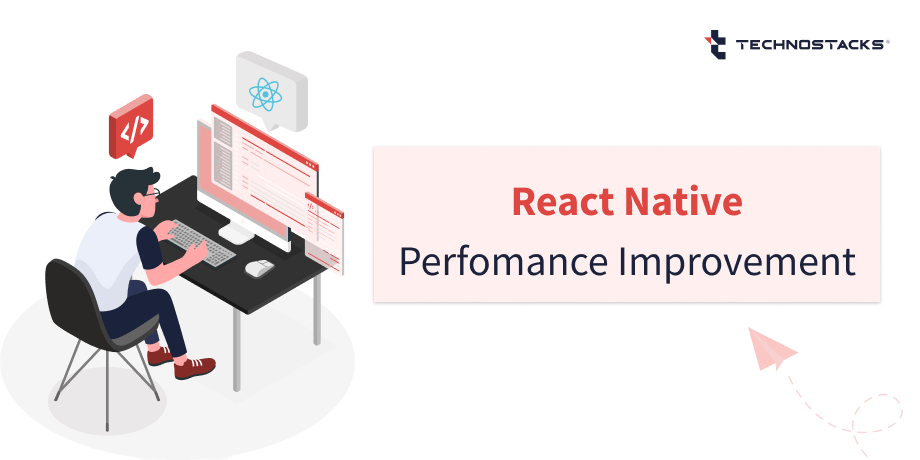How to Improve the Performance of React Native App?
There are so many ways to do this but here are few most preferred ways:-
- Use of shouldComponentUpdate method of react-native lifecycle
- Use Pure Components of React
- Use Memo from Hooks API
- Build the module with native whenever it is possible
- Remove the console logs before building the application
- Reduce Application size
-
Use of shouldComponentUpdate
Using shouldComponentUpdate method, we can reduce unnecessary re-rendering of components.
shouldComponentUpdate returns the boolean value and according to that components will rerender. For example, if it returns true then it will rerender and if it returns false then it will not rerender component.
So, on state update or on new props to the component this method will be called with two arguments called nextState and nextProps. So, you can compare the new props and state with the previous ones. And according to your business logic requirements, you can use the boolean to render the component again.
-
Use Pure Components of React
The pure component of React helps to render only the specific props that have been changed or the state has updated.
For example, if we are using a flatlist which is rendering 1000 rows. Now, on every rerender that 1000 data will be rendered again.
Using flatlist in the pure component we can ensure that only the change on required props, components will re-render again.
-
Use Memo from Hooks API
React Hooks provide the lifecycle of components to functions.
Memo from react helps to do a shallow comparison on upcoming changes. So, it allows re-rendering functions only if the props get changed.
-
Build the module with the native driver whenever it is possible
Here, We are not talking about not using React Native. Sometimes, it happens that we have to use some features which can be done by the native more efficiently. At that time, we have to build that module in native one and can use the feature from the React Native by creating a bridge.
-
Remove the console logs before building the application
It has been identified that the console logs are taking some amount of time for logging purposes. So, it is good to use at the time of development but in the production build, it should be removed which will help to improve the performance of the app which you will realize while using it.
-
Reduce Application size
In React Native, you use external libraries and components form libraries so it impacts application size.
To reduce the size, you have to optimize the resources, use ProGaurd, create different app sizes for different device architectures, and make sure to compress the graphics elements, i.e. images.
The components on the JavaScript side use a bridge to communicate with the Native side. Reduce the load on the bridge and improve the app’s performance.
Key Takeaways
These are the tips to improve the performance of the React Native app. Technostacks is a leading app development company and has experience in delivering numerous React Native apps. If you have any issue or want to develop a robust React Native then contact us. We will give the best assistance for your app project.








